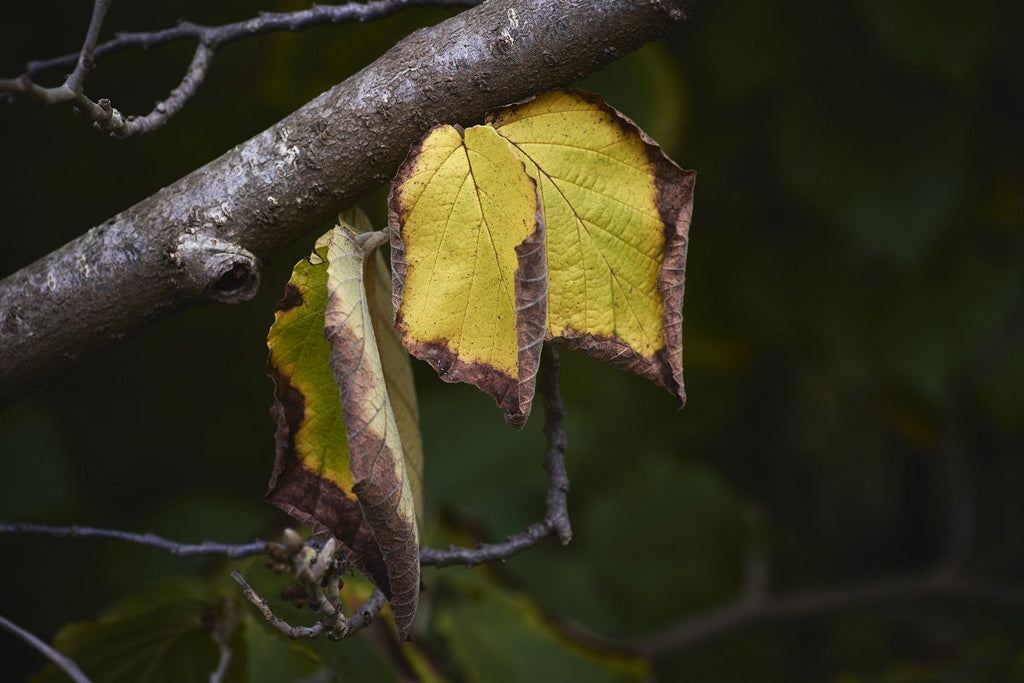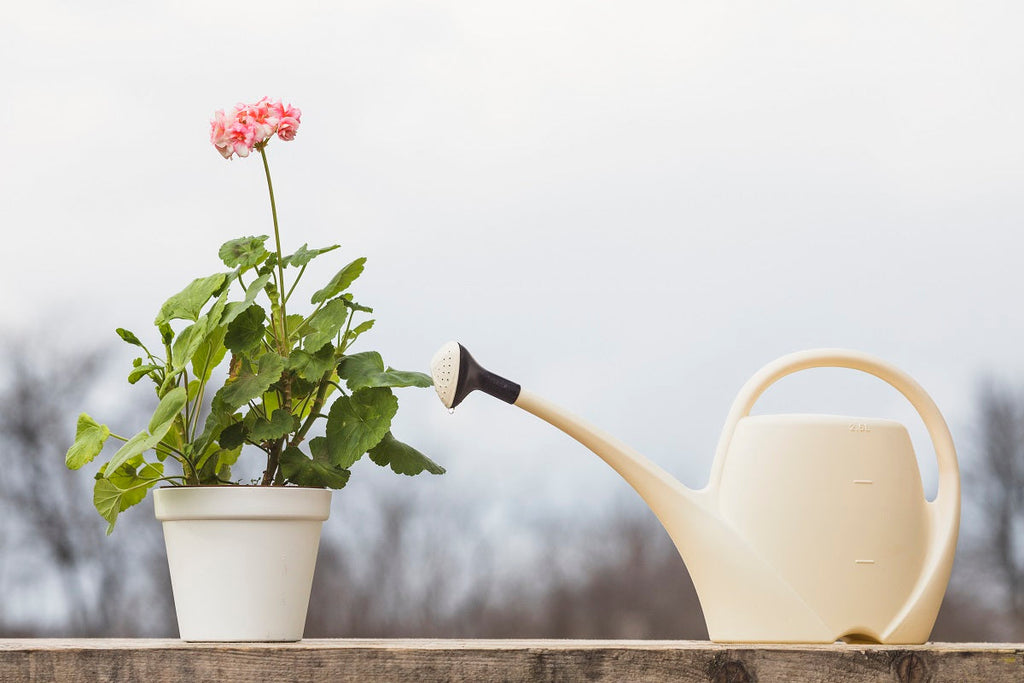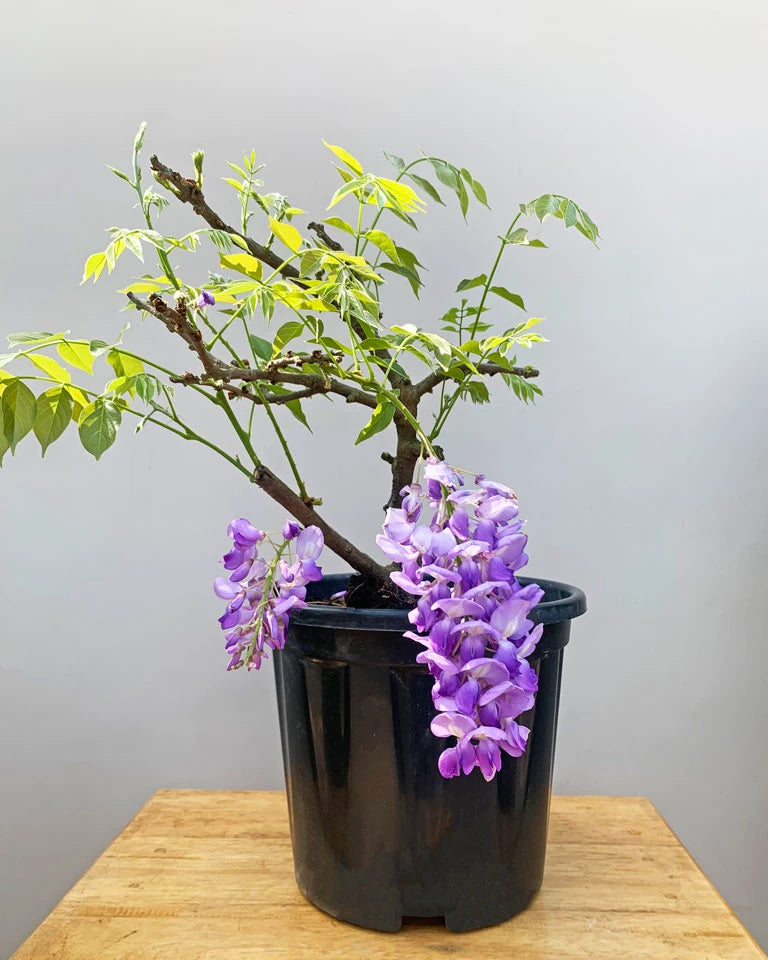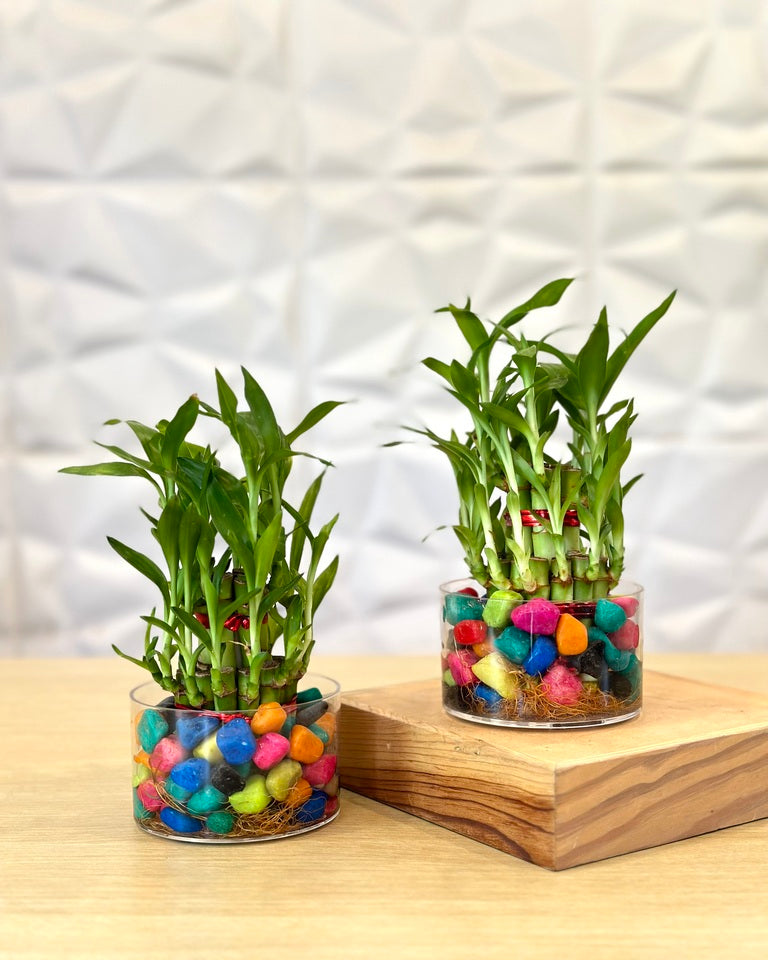
How to take care of Lollipop Plant

Welcome to a thorough manual on tending to your cherished Lollipop Plant. Whether you're a seasoned horticulturist or embarking on your initial journey as a plant caretaker, this article will furnish you with adept advice and insights to guarantee the prosperity of your Lollipop Plant, infusing your space with vivid color and boundless joy.
1. Understanding the Lollipop Plant:
The Lollipop Plant, scientifically referred to as Pachystachys Lutea, stands as an exquisite tropical perennial distinguished by its vibrant yellow bracts, evocative of lollipops. This flora is also called as Golden Shrimp plant. Originating from the regions of Central and South America, it has gained popularity among both indoor and outdoor gardening aficionados due to its distinct appearance and relatively manageable maintenance requisites.
2. Selecting the Optimal Location:
To ensure optimal growth for your Golden Shrimp, opt for a spot that receives gentle, indirect sunlight. Refrain from placing it under direct sunlight, which could scorch its delicate leaves and flowers. Indoors, a location near a window facing north or east is ideal, while outdoors, consider an area with filtered sunlight.
3. Soil and Potting:
Employ well-draining soil that enables excess water to drain away. A blend of potting soil and perlite is conducive to Golden Shrimp's growth. When repotting, select a slightly larger pot to accommodate its expanding root system. Ensure the pot is equipped with drainage holes to avert waterlogging.

4. Watering with Precision:
Prudent watering is pivotal for your Golden Shrimp's well-being. Maintain consistently moist soil, avoiding excess saturation. Watering should be done when the uppermost inch of soil senses dryness upon touch. Throughout the active growing season, typically spring and summer, more frequent watering might be necessary. In the dormant phase, decrease watering frequency.
5. Temperature and Humidity:
Create a warm and humid milieu for your Lollipop Plant. It flourishes in temperatures ranging from 65°F to 80°F (18°C to 27°C). If cultivating it indoors, contemplate employing a humidity tray or regular misting to emulate its native tropical habitat.
6. Fertilization:
Nourish your lollipop Golden Shrimp with a well-balanced liquid fertilizer every four to six weeks during its active growth period. Avoid excessive fertilization, which could result in excessive foliage growth and diminished flowering. Dilute the fertilizer as directed by the manufacturer.
7. Trimming and Removing Wilted Blooms:
Routine trimming and the removal of faded flowers are pivotal for aesthetics and encouraging fresh growth. Eliminate withered blooms and prune elongated stems to foster a denser growth pattern. Early spring pruning aids in shaping the plant for the approaching growth season.
8. Pest Management and Disease Prevention:
Vigilantly monitor your Lollipop Plant for signs of pests like aphids and whiteflies. If pest infestations are evident, address them promptly using natural insecticidal soap or neem oil. Maintain space for air circulation for fungal disease prevention.
9. Propagation:
You can propagate your Golden Shrimp through stem cuttings. Pick a healthy stem with a few leaves and place it in water to stimulate root development. Once roots have been established, transfer the cutting to a pot filled with well-draining soil. Maintain consistently moist soil until new growth emerges.
In summation, nurturing your Golden Shrimp need not be an intimidating endeavor. By furnishing appropriate light, water, temperature, and care conditions, you can relish this tropical plant's exquisite allure in your abode or garden. With a smidge of affection and attention, your Golden Shrimp will bestow upon you its captivating lollipop-like bracts and luxuriant foliage, evolving into a captivating focal point in your verdant space. Remember, each plant possesses its own uniqueness, so don't hesitate to modify your care routine in accordance with its distinct requirements. You can explore Golden Shrimp and other plants like this here.













